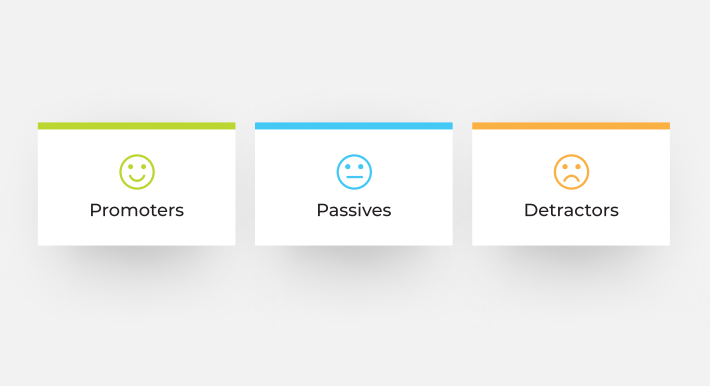In the past, when you’ve wanted to know what your customers think, you would have generally gone straight to a market research team. They would have talked to 20 or 30 of your customers, or sent out an in depth survey that would take your customers 10 or 20 minutes to complete. From there, you’d get a comprehensive report some four to six months after bringing them on, ready with your customer’s thoughts on your business.

The problem is that, in this oh-so-familiar situation, it’s fairly tough to get a truly accurate picture of how your customers feel. So let’s look at some of the issues with market research:
Inaccuracy of data
Anyone conducting research knows that the smaller your sample size, the higher your margin of error. Unfortunately, when it comes to market research, small sample sizes are just part of the package. Unless you’ve got bottomless pockets, the cost of interviewing more than a small proportion of your customer base is simply prohibitive.
Instead, you end up talking to 30 customers out of, say, 100,000. Not only is it difficult to get an accurate view of what 100,000 customers think from 30, when you then take out specific subsets (e.g. just women, or just people over 50), your sample size becomes even smaller and your margin of error increases significantly. How can you base decisions on what customers think if the people you’re asking are only 0.03% of your customers?
High costs for low returns
So you’d prefer a larger sample size – unfortunately, increasing your sample size also increases your cost. When a market research firm is having to engage with customers, interview them, collate their findings, analyse them and put them into a report, then keeping costs down becomes pretty difficult. And while that might be an acceptable cost once a year or once every few years, it’s difficult to justify consistently getting feedback – so finding out which changes are having an impact on the business can be near impossible.
Customer inconvenience
These days, we’re all time poor. How common is it for you to ask someone “How are you?” and them to respond “Busy”? With technology has come a society of instant satisfaction – meaning that customers today want everything now and they don’t want to spend what feels like forever answering countless questions about specific areas of your business. 20 minutes on a survey? Too long. 20 seconds about the experience that you just had? Quick and easy enough to do from your phone as you’re leaving the store.
Uber (while perhaps not the greatest business example in every way) is a fantastic example of how gathering customer feedback can work effectively – one quick rating and question as soon as you’ve had your Uber experience. You can find out then and there what your customers think, and relate it to the exact driver and experience that was involved – enabling you to better make targeted, continuous improvements.
Out of date results
One of the supposed selling points for market research is the in-depth insights which are provided through a report at the completion of the project. The only problem? You’re often getting these insights several months after having talked to the customer. Several months where you could have been making changes and improving the business to demonstrate that you really do care about what the customer thinks.
So does market research really give you the voice of your customer? Clearly, not well enough. For true customer-centric continuous improvement, it’s vital that you’re collecting instant, actionable feedback. Keeping things simple, while opening up the opportunity for further dialogue, enables you to gather feedback from lots of people quickly - rather than a few people slowly - and the yearly survey becomes a thing of the past. Instead, you’re able to collect valuable insights that enable you to see trends across customers and collate targeted feedback about which stores, times of day, staff members, or aspects of the business are providing the best customer experience – and which you need to work on to create raving fans.






